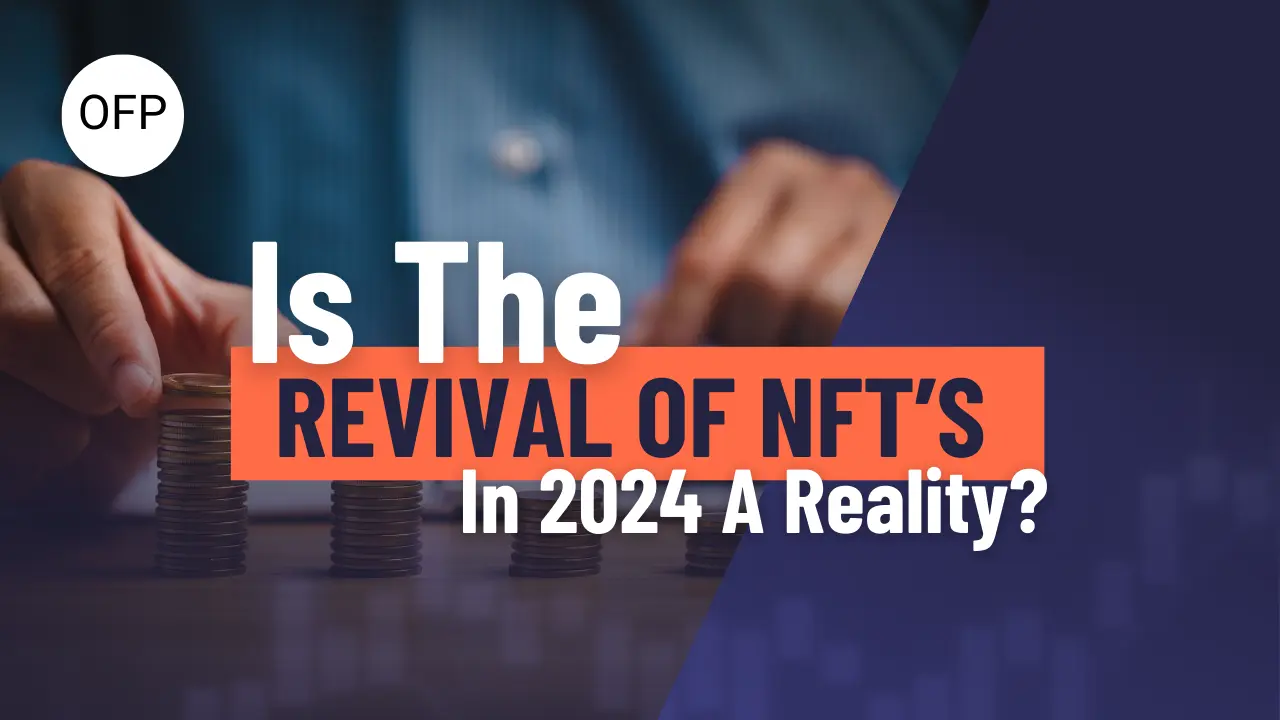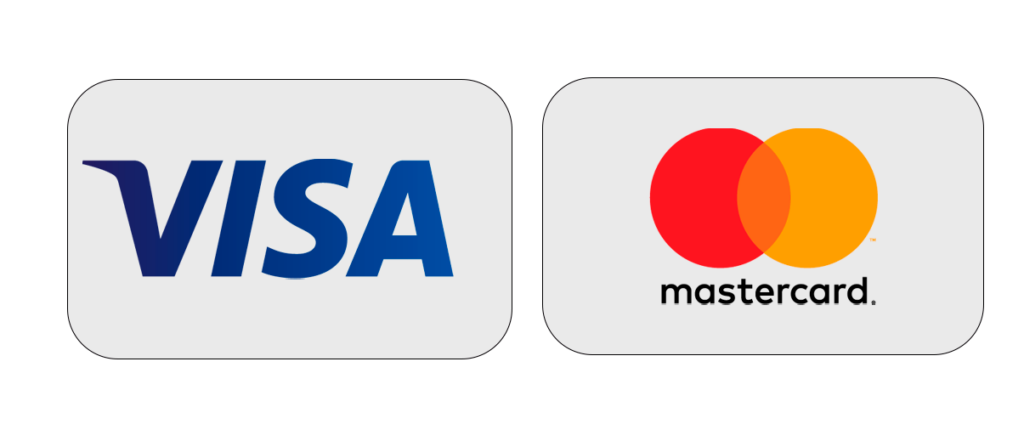
As we head into 2024, NFTs are making a big comeback. You can find NFT brands selling their stuff not just online but also in regular stores. Big games built on blockchain technology are popping up too. Even major companies are starting to explore the world of NFTs. This surge suggests that NFT-based branding will play a crucial role in introducing people to Web3 this year. The next batch of successful NFT products won’t be like what we’re used to. Instead of rare, pricey items, there will be plenty of them available at more affordable prices, catering to a broader audience.
They’ll be all about creating real value, not just banking on their potential future worth. And many people will be using these digital goodies without even realizing they’re part of the crypto scene. We’ve already seen some big names like Nike, Reddit, Starbucks, and even Donald Trump jumping into the mix with mass-market NFTs. Brands like Pudgy Penguins, Cool Cats, and Kitaro Studios are shaking things up by offering both physical products and associated NFTs. Meanwhile, companies like Ticketmaster, tokenproof, and YellowHeart are experimenting with NFTs for tickets and fan perks.
Table of Contents
NFT, a meme or an investment?
Can digital tokens really hold such high value, hundreds, thousands, even millions of dollars? It might seem peculiar since they’re essentially just bits of computer data. Shouldn’t they be practically worthless? The crux of the matter lies in the fact that these tokens aren’t just random data; they’re unique digital records, each with its own distinct identity. They can be associated with other assets or product features, and their ownership can be consistently traced. The term “non-fungible token” precisely describes this uniqueness.
Unlike interchangeable items like dollar bills, each NFT is akin to a one of a kind item, similar to selecting a puppy from a litter, no two are exactly alike. While some NFTs may come in sets, such as trading cards, each individual token maintains its uniqueness. Even within a set, owning a particular NFT still signifies ownership of a specific asset. Why does this matter? Because NFTs enable clear ownership identification in the digital realm and can be linked to various additional features beyond the token itself.
Factors for NFT crash in 2022
In June 2022, the NFT market hit a tough spot, hitting its lowest point in a year. Sales dropped to $1 billion, a far cry from the $648 million recorded in June 2021. Chainanalisys revealed a significant plunge from a $3 trillion market in November 2021 to less than $1 trillion. The situation worsened in the second quarter of 2022, as highlighted by Non-Fungible’s market report. Sales volume dipped by 20.05%, while the number of sellers and buyers decreased by 35.88% and 25.41%, respectively, compared to the first quarter.
This signaled that collectors were hesitant to gamble on new projects, choosing instead to stick with the secondary market, where prices were higher. The market witnessed NFTs once valued at hundreds of thousands of dollars plummet by millions of percent. Take, for instance, Logan Paul’s Azuki NFT, which was originally bought for $623,000 but now sits at $10. Similarly, Steve Aoki’s Doodles NFT tumbled to less than $42,000. Several factors contributed to the market crash in 2022.
Firstly, oversaturation occurred as the NFT frenzy flooded the market with projects, overwhelming it. Secondly, scams became rampant, shaking investor confidence with deceptive tactics and fraudulent activities. Lastly, the collapse of major systems like FTX and Terra blockchain worsened the situation, underscoring the vulnerability of the NFT ecosystem.
NFT investing is still extremely risky
NFTs might seem like they’re on the rise, but they, along with cryptocurrencies, still carry hefty risks. The market is young, and both the technology and legal landscapes are evolving. It’s crucial to recognize that many NFT investors have already seen losses, and while some NFTs soar, others crash hard. Opting for consistent, lower-risk investments that offer steady returns could be a smarter long-term wealth-building strategy. Take the S&P 500, for instance, which has historically delivered an average annual growth rate of about 10% over the past three decades.
This index tracks America’s top 500 companies and is a common measure for stock market performance. Consider this: if you invested $10,000 in an S&P 500 index fund today and let it grow at 10% annually, it could potentially grow to roughly $170,500 in 30 years. While there are no guarantees and the market can have its downturns, this approach offers more stability compared to the uncertainties of NFT investments. The bottom line? Keep risky assets like NFTs as only a small portion of your investment portfolio.
Will NFTs be reborn and new investment opportunities
The NFT market is poised for significant shifts in 2024, despite recent setbacks. Forecasts predict a substantial revenue of approximately $2,378.0 million, signaling potential resurgence. Furthermore, the global Metaverse market is on an upward trajectory, projected to grow steadily at a rate of 47.2% from 2023 to 2027. By the end of 2027, the industry is expected to soar to an impressive $426.9 billion. Within the Metaverse NFT market, a plethora of digital assets ranging from virtual houses to art and fashion contribute to its expansion. Factors such as increased blockchain adoption, the popularity of games and virtual worlds, and the demand for unique digital assets are driving this growth.
Moreover, the Metaverse NFT market presents lucrative opportunities for creators, artists, gamers, and investors alike. It offers avenues for monetizing digital creations and diversifying investment portfolios with unique assets. As we enter the era of Web3, the NFT landscape promises growth, creativity, and financial prospects. While uncertainties persist, the emergence of the Metaverse and NFT aggregators indicates a potential resurgence in the market. Among these developments, OFP prop firm stands out as a promising avenue for traders, offering opportunities in forex and crypto trading that may rival or even surpass those of NFTs.
Ready to skip the hassle of evaluations and get started with an instantly funded account? CLICK THE BUTTON BELOW and customize your Instant Funded account with OFP Funding today!






